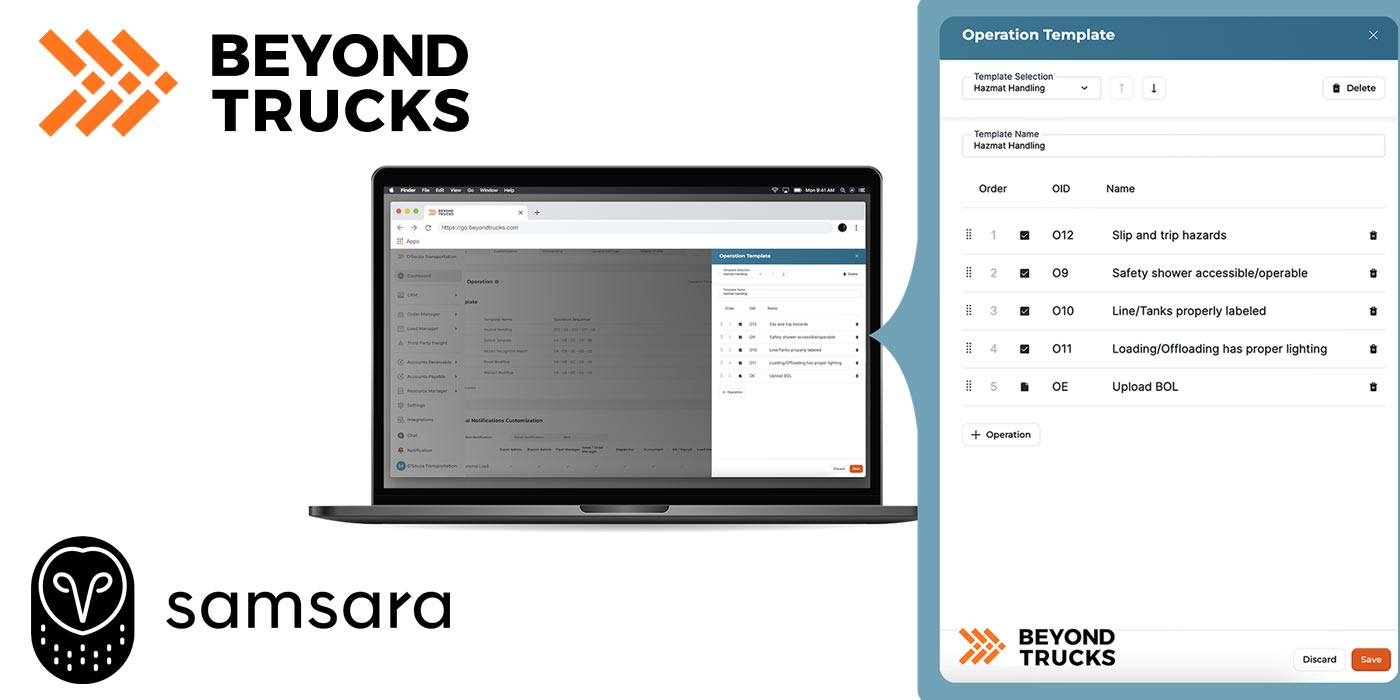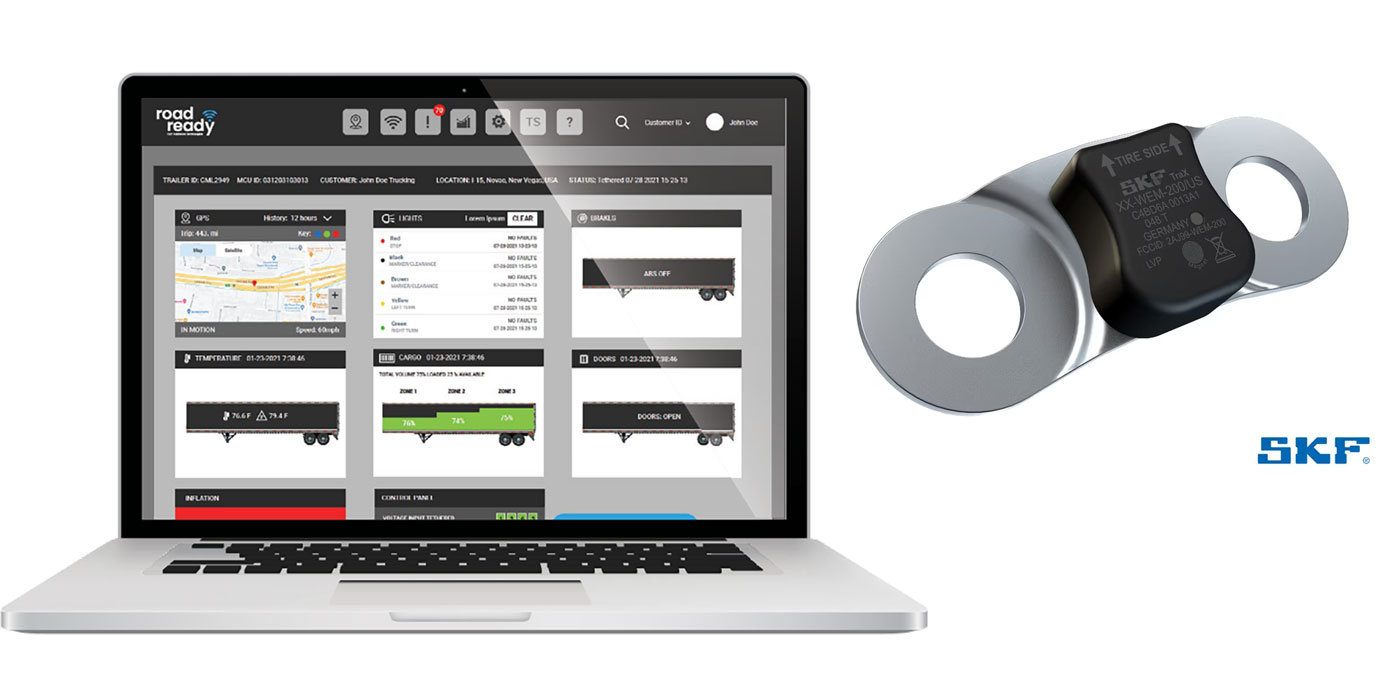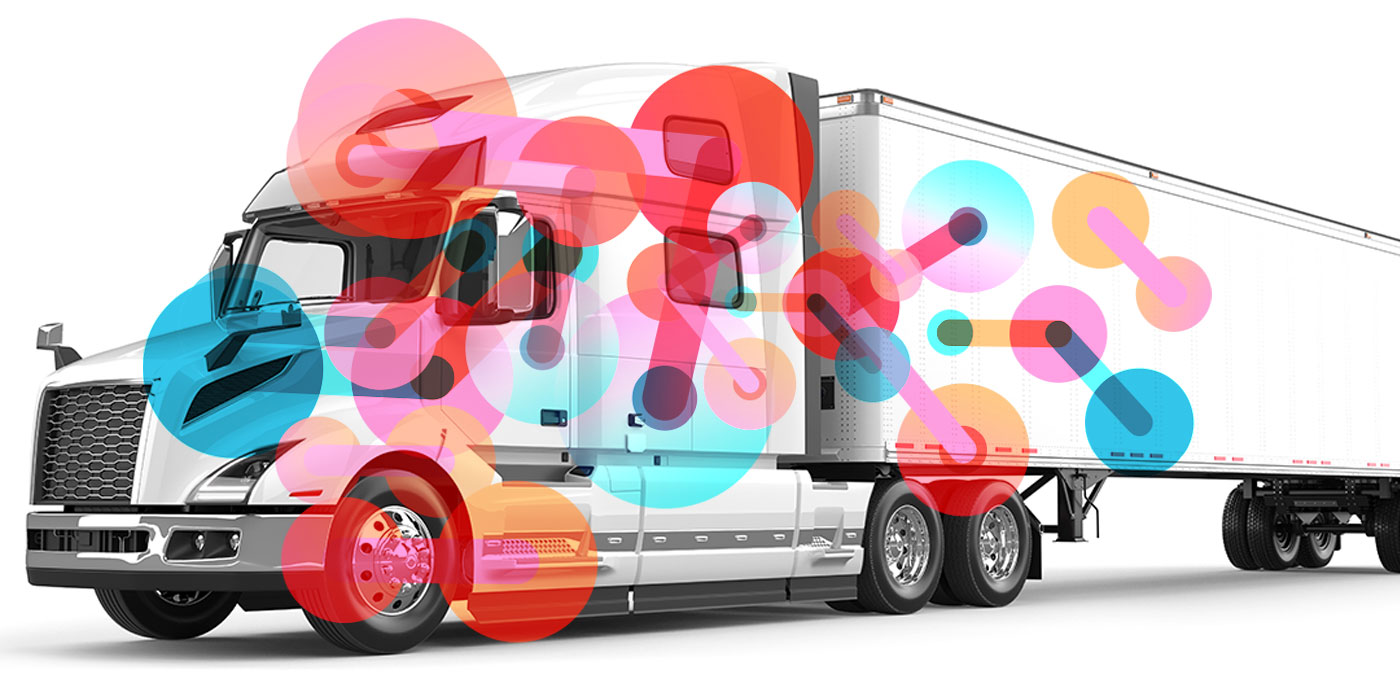
One of the biggest challenges in selecting a trailer telematics solution is making sure it comes with a reliable and energy-rich power source. In fact, the power source is arguably the most critical component in a telematics device.
A trailer telematics device needs a power source to perform its core functions: the collection and transmission of data. Unlike an in-vehicle or in-cab asset, trailers don’t have a built-in power source and therefore rely on the power source technology that’s integrated into the telematics device.
The power source determines how often and how much data can be transmitted as well as how much computation—such as that used by GPS or sensor processing—can be performed by the device.
In this article, we’ll discuss three types of power sources that are available with today’s trailer tracking solutions, and how to select the one that maximizes a trailer pool’s ROI.
Wired Device
Just as the name implies, this device is wired to the trailer. The device is connected to a wiring harness that receives power from the truck or tractor. This means the device receives power when the trailer is connected to the truck or tractor.
When powered, wired devices send real-time updates and potentially can provide more frequent data transmission. Receiving real-time updates enables real-time decision-making.
The devices that receive such power typically use smaller rechargeable batteries. These batteries store charge and can operate between 30 to 120 days and then need to be recharged.
The time between charging depends on the frequency of data transmitted, amount of data transmitted, computations the device makes, the temperature (worse when cold) and the condition of the rechargeable battery (its life). Further, the connection quality of the wiring harness and proper installation are essential to this system working well.
An issue to consider is that all physical connections are a point of failure, and the wiring harness is no exception. The connector may get damaged, may become brittle over time, and in harsh environmental conditions also might be susceptible to water damage and rust.
These devices require professional installers, adding to the expense of the system as well as the complexity or delay of deployment.
Solar Battery-Operated Device
Solar-powered battery-operated devices are specified to offer a five- to 10-year service life. These devices are powered by sunlight falling on solar cells that charge a battery in the device.
Solar-powered devices, while innovative, are accompanied by concerns regarding their longevity and durability. For instance, lack of sunlight, angle of sunlight hitting the solar panels (time of day, seasons and geography), dust, debris, snow or any damage to the solar panel can have a big impact on the battery recharge capability and even render it completely useless.
Another downside with a low-capacity battery, or one that’s low of charge, is that data updates typically are batched to conserve the remaining battery life. This means that even in the case of key events (e.g., doors opening or closing), you might only find out about the event hours after it’s happened.
A recent development to manage this is the option to connect the solar module into a seven-way trailer power connector, which provides real-time reporting. Furthermore, when the battery is low on “juice,” if you want to send data when you’re far away from a cell tower, you may not have the power to communicate. However, this defeats the purpose of a non-wired system and has the same drawbacks as previously outlined for the wired device.
Rechargeable batteries, as used with solar-powered or wired devices, lose charge over time with repeated charge/discharge cycles. The performance is dependent on temperature. As such, while these batteries are great to start off with, they have problems as they age.
Self-Contained Battery-Operated Device
A self-contained battery-operated device has a built-in non-rechargeable battery. These devices are very easy to install. For example, on a chassis, such a device can be installed in 10 minutes or less.
A wired device could not be installed on the chassis if there was a container on the chassis. The container would have to be removed, the device installed and the container reloaded on the chassis.
Most self-contained battery-operated devices on the market today specify a life span of three to seven years, depending on the frequency of providing updates. Typical frequencies used to vary between one and four hours. Fleet operators and their customers often need more frequent data updates on equipment location and movement to make business decisions.
More recently, high-capacity batteries have entered the market. These batteries have advanced chemistries and are built to withstand harsher temperature conditions as compared to rechargeable batteries. The high capacity allows more data, and more frequent data, to be sent to help fleet operators get granular insight into their operations.
For example, BlackBerry Radar, which uses a high-capacity battery with chemistry that’s ideal for temperatures from minus 40 C to 85 C, collects sensor data as well as GPS readings every five minutes while the asset is in motion. Users can customize their data updates so that this information is delivered to the cloud-based analytics platform at intervals of 15 minutes or more.
As a result, battery life can be extended based on the frequency of data transmission (pings). These batteries can last six to eight years depending on how the device is configured to be used.
As mentioned above, these types of devices also are the easiest and quickest to install, thus saving valuable time and money.
Maximizing ROI
While a trailer telematics device may boast a power source with a long life, this doesn’t necessarily mean that it will be reliably powered for that stated length of time. It’s also worth considering how many times a trailer must be “touched” for installation and maintenance, because that’s what drives the solution’s true total cost of ownership and ROI.
The choice of power source used by a trailer telematics solution can affect how the technology performs over its life as well as the costs involved in installation and maintenance. This makes the difference between a successful and satisfying experience or an unproductive, frustrating and expensive one. Understanding the pros and cons of available options is essential to choosing the right one for your fleet.
This article was contributed by Philip Poulidis, senior vice president and general manager of BlackBerry’s Radar brand.













